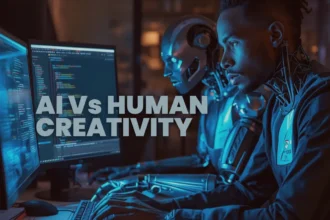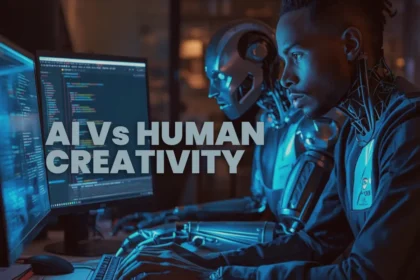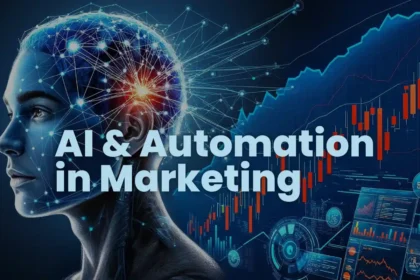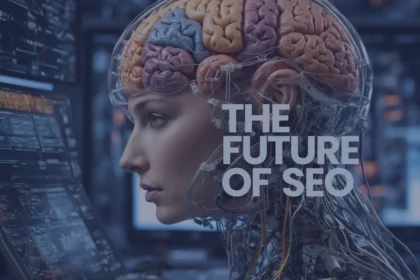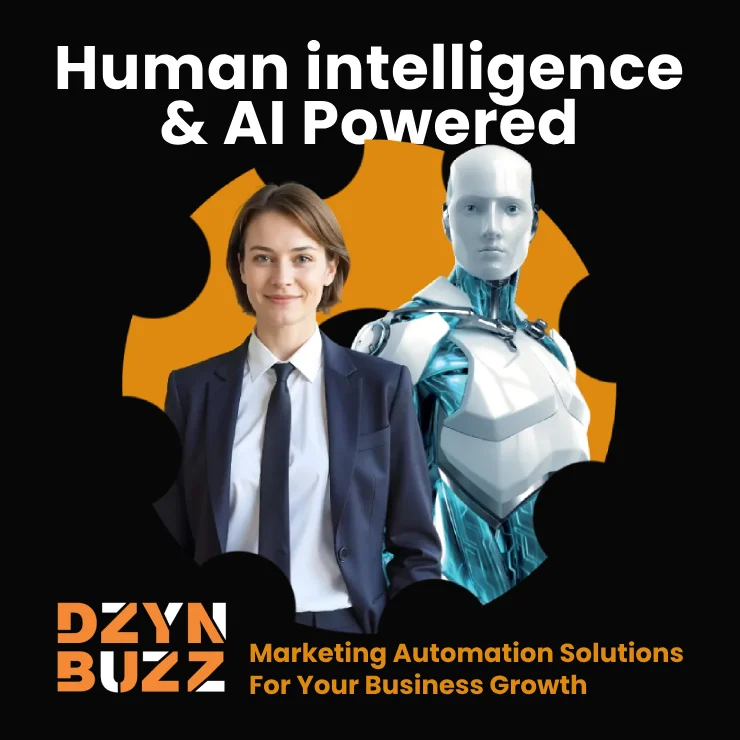Hyper-personalization in marketing is no longer a futuristic buzzword, it’s the new standard in 2025. As consumer expectations rise and traditional personalization methods lose impact, brands are moving toward AI-driven, real-time customer experiences tailored to individual behavior and preferences.
What Is Hyper-Personalization in Marketing?
Unlike traditional personalization, which may include using a customer’s name or segmenting by broad categories, hyper-personalization uses real-time data, machine learning, and behavioural insights to deliver highly relevant content, product recommendations, and offers at every customer touchpoint.
It’s not about “marketing to a group.” It’s about marketing to one unique individual at one unique moment.
“In hyper-personalization, the product doesn’t find the customer, the experience does.”
Why Hyper-Personalization Matters Now
In a cookieless world, brands must rely on first-party and zero-party data to create meaningful engagement. Customers now expect tailored experiences. If your brand doesn’t offer them, your competitors will.
A few compelling stats:
- 80% of consumers are more likely to purchase when brands offer personalized experiences
-(Epsilon) - 61% of consumers expect brands to tailor experiences based on their preferences
– (Salesforce) - Brands using hyper-personalization see a 20% increase in customer lifetime value
– (McKinsey)
When Did Hyper-Personalization Begin?
The roots of personalization can be traced back to the early 2000s with recommendation engines (like Amazon’s). But hyper-personalization began gaining traction around 2016–2018, as AI tools and customer data platforms matured.
Today, with AI like GPT models, dynamic content engines, and predictive analytics, personalization has evolved into a granular, scalable strategy.
Where Is Hyper-Personalization Being Used?
Across industries, from retail to banking, hyper-personalization is driving results:
Retail – Amazon
Amazon uses real-time behavioural data to personalize homepage layouts, product recommendations, and promotions for each user—often updating suggestions mid-session.
Banking – Capital One
Capital One uses AI-driven insights to offer tailored credit card suggestions, financial tips, and customer service experiences—improving satisfaction and reducing churn.
Entertainment – Netflix
Netflix leverages hyper-personalization to recommend shows, tailor thumbnails, and deliver content based on watch behaviour, timing, and even emotional states.
Healthcare – CVS Health
CVS uses hyper-personalization for prescription refills, wellness plans, and appointment reminders based on patient behavior and history.
How Does Hyper-Personalization Work?
It combines multiple technologies:
- AI & Machine Learning: For predictive content delivery
- Customer Data Platforms (CDPs): To collect and unify first-party data
- Behavioural Analytics: To detect patterns in real time
- Dynamic Content Systems: To personalize messaging on websites, apps, and email
- Chatbots & Conversational AI: To deliver tailored support 24/7
Example: A user browsing red shoes on your app might get an email within an hour showing similar options in their size, with a limited-time discount, and suggestions for accessories.
Future Predictions: Where Is It Headed?
1. Voice & Emotion Recognition
AI will recognize emotional tone and context from voice inputs to tailor experiences even further.
2. AI-Powered Design Personalization
Websites and apps will morph layout, font size, and UX elements based on each user’s digital behavior or neuro-profile.
3. Hyper-Localized Marketing
Real-time GPS, weather, and traffic data will influence content and offers for each user.
4. Privacy-First Hyper-Personalization
With growing privacy concerns, brands will need to balance personalization with transparency and data ethics.
Key Takeaway
Hyper-personalization in marketing is not a choice, it’s a necessity in 2025. Brands that master it will drive better engagement, higher conversion rates, and stronger loyalty. The time to adapt is now, because customers have already moved on from generic content.
Related Reads
- Marketing with First-Party Data: A Survival Guide for the Cookieless Future
- AI-Powered Branding: How Artificial Intelligence is Reshaping Brand Strategy in 2025
- Design Systems: Building the Future of Scalable, Consistent Digital Experiences
Want to personalize your marketing at scale?
At DzynBuzz, we help brands build data-driven, human-centric marketing strategies using AI, behavioral insights, and intelligent automation.
Featured image source pixels.com




